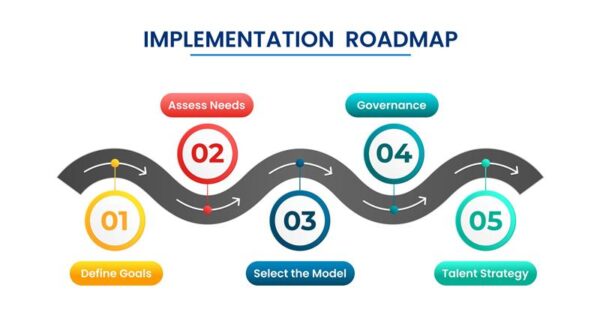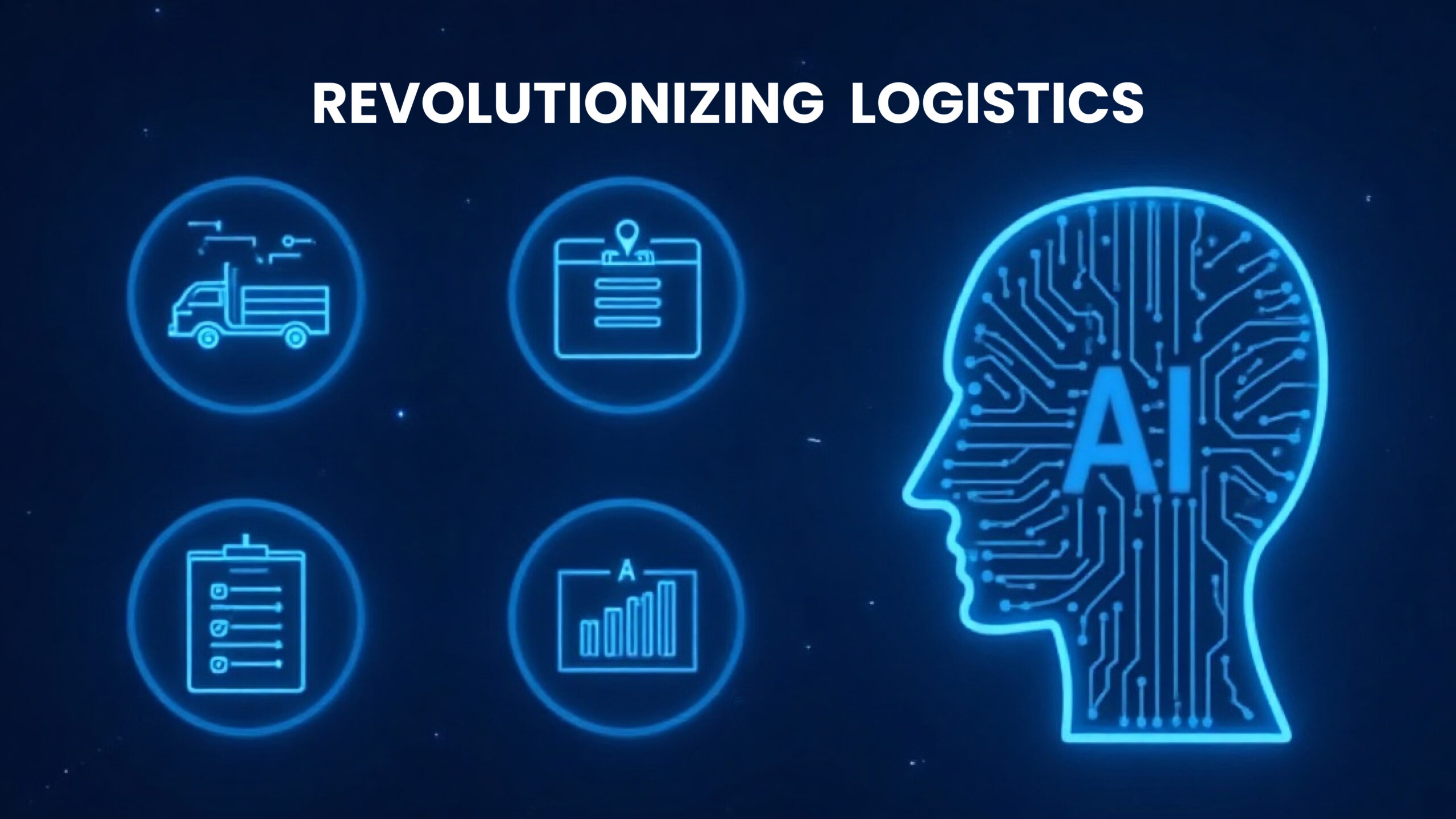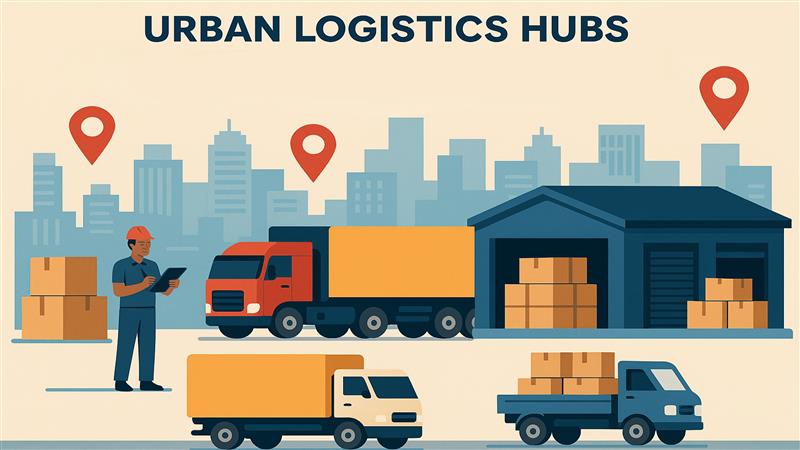Global Capability Centres (GCCs) are strategic hubs for organizations pursuing global expansion, specialized talent access, and operational efficiency. Selecting the right engagement model is critical, as it directly impacts cost, control, agility, and long-term ROI. Below is a breakdown of key models, vendor support options, and decision factors to optimize GCC strategies.
1. Build-Operate-Transfer (BOT) Model
The BOT model offers a structured path to GCC ownership. The model is a phased outsourcing strategy. A third-party provider builds and operates a facility or service for a defined period. After this time, full ownership and operational control are transferred to the client, enabling a smooth transition.
- Advantages:
- Rapid market entry with streamlined compliance.
- Scalable operations and structured knowledge transfer during transition.
- Lower upfront capital requirements.
- Challenges:
- Dependency on partners during initial phases.
- Transition risks (cultural integration, operational continuity).
- Post-transfer alignment costs.
- Best For:
- Organizations entering new markets or seeking market validation.
- Companies prefer gradual ownership commitment.
- Examples:
- Microsoft India: Partnered with a local IT services provider to establish a GCC in Hyderabad focused on cloud solutions and AI innovation. The vendor handled infrastructure setup, compliance with India’s data localization laws, and initial talent onboarding. After 18 months, Microsoft assumed full ownership, leveraging GCC to drive Azure’s regional expansion.
- Walmart Labs India: Collaborated with a local partner to launch its Bengaluru GCC for developing omnichannel retail technologies. The partner managed operations for two years, ensuring smooth knowledge transfer before Walmart integrated the GCC into its global tech hub network.

2. Vendor Model
In a vendor-based model, a company outsources specific functions or processes to a third-party service provider. The vendor manages day-to-day operations, including staffing and technology, based on agreed-upon service levels. The client maintains oversight through performance monitoring and defined SLAs, focusing on outcomes rather than direct operational control.
- Services:
- Services can include IT support, customer service, specialized technical expertise, and other operational tasks.
- Advantages:
- Flexibility to scale services up or down as needed.
- Access to specialized skills without the need for in-house hiring.
- Reduced operational overhead.
- Best For:
- Companies needing specific expertise or support for particular projects.
- Organizations looking to optimize costs and focus on core competencies.
Vendor Support Models enhance GCC strategies through:
- One-Off Support: Initial assistance with infrastructure, staffing, or compliance. Ideal for companies seeking setup guidance.
- Continuing Support: Ongoing partnerships for continuous services as per the need of the client.
3. Managed Teams Model
A service provider manages and runs the operations with technical oversight by the client on a day-to-day basis. Think of it as adding a dedicated, remote team to your existing staff, with you retaining direct management oversight.
- Advantages:
- Swift deployment with minimal setup.
- Access to global talent and specialized expertise.
- Cost-effective risk mitigation.
- Challenges:
- Limited operational control.
- Potential vendor dependency and cultural misalignment.
- Best For:
- Project-based needs or companies prioritizing cost efficiency.
- Organizations lacking in-house GCC management expertise.
- Examples:
- Target India: Uses a managed services provider to run its Bengaluru GCC, which specializes in supply chain analytics and inventory optimization for Target’s global retail operations. The vendor manages day-to-day workflows, while Target’s leadership retains strategic control.
- HSBC India: Partners with an external vendor to operate its Pune GCC, which handles backend financial processes like trade finance and risk analytics. HSBC maintains oversight of compliance and governance, while the vendor ensures 24/7 operational efficiency.
4. Do-It-Yourself (DIY) Model
The DIY Model is a fully internal approach to establishing a Global Capability Centre (GCC) where a company takes complete responsibility for all aspects of the setup and operation.
- Advantages:
- Tailored processes and complete operational autonomy.
- Strong compliance adherence for regulated industries.
- Long-term knowledge retention.
- Challenges:
- High upfront investment and extended timelines.
- Talent acquisition and cultural integration hurdles.
- Best For:
- Large enterprises in regulated sectors (finance, healthcare).
- Organizations with advanced technical needs.
- Examples:
- Goldman Sachs India: Built a fully in-house GCC in Bengaluru to support global investment banking operations, including algorithmic trading and data analytics. The DIY approach ensures strict compliance with financial regulations and seamless integration with global teams.
- JPMorgan Chase India: Established a DIY GCC in Hyderabad, housing over 30,000 employees focused on fintech development, cybersecurity, and regulatory reporting. The centre operates independently, with direct oversight from global headquarters to maintain control over critical workflows.
Key Decision Factors
| Factor | Detailed Considerations |
|---|---|
| Strategic Goals | Align the GCC’s purpose with broader business objectives. For example, cost optimization may favour Managed Teams, while innovation-driven goals may require DIY models. Expansion into new markets might prioritize BOT. |
| Budget | Evaluate upfront CAPEX vs. long-term OPEX. Managed teams reduce initial investment but may incur higher recurring costs. |
| Control | DIY offers full autonomy but demands significant resources. Managed teams limit oversight. |
| Scalability | Assess current and future talent demands. BOT models allow flexible scaling, whereas DIY requires long-term planning. |
| Compliance | Industry-specific regulations (e.g., HIPAA for healthcare GCCs, GDPR for data privacy) may necessitate DIY or BOT models for tighter control. |
| Risk Tolerance | BOT mitigates initial financial risk but introduces transition challenges. DIY involves higher upfront risk but ensures stability post-setup. |

Implementation Roadmap
- Define Goals
- Align GCC objectives with the organization’s strategic vision. Conduct workshops with stakeholders to prioritize outcomes.
- Assess Needs
- Perform a gap analysis of talent, technology, and compliance requirements. For example, a healthcare GCC may prioritize HIPAA-certified talent and secure data infrastructure.
- Select the Model
- Use a scoring matrix to evaluate engagement models against criteria like budget, risk appetite, and scalability. Pilot the chosen model in a phased manner (e.g., start with Managed Teams for non-core functions).
- Talent Strategy
- Design recruitment campaigns targeting local talent pools (e.g., tech graduates in Bangalore, Chennai for IT GCCs). Implement retention programs (e.g., career development tracks) and cultural alignment initiatives (e.g., cross-regional team rotations).
Choosing the optimal GCC engagement model depends on the clients needs. A Vendor-Based Model offers strategic agility, empowering companies to swiftly deploy specialized services and minimize operational overhead in dynamic markets. A BOT strategy provides a strategic advantage, to achieve swift market penetration and minimize risks in new and challenging environments. A structured implementation approach ensures seamless transitions and sustainable growth, positioning GCCs as innovation hubs driving global success.
At Astravise Services, we understand the complexities of establishing and running a successful GCC. Our comprehensive suite of solutions is designed to seamlessly guide you through every stage, from strategic planning and infrastructure development to talent acquisition and operational excellence. We partner with you to build a GCC that’s not just efficient but a true powerhouse of innovation.
We believe that a personalized approach is key to maximizing the value of your GCC. That is why our process begins with a thorough consultation. We will delve into the specifics of your industry, your unique requirements, and your overarching business goals. This allows us to craft a tailor-made solution pack that is perfectly aligned with your needs and designed to deliver maximum impact.
Contact us today to explore how we can help you unlock the full potential of your GCC and achieve your global expansion goals.










